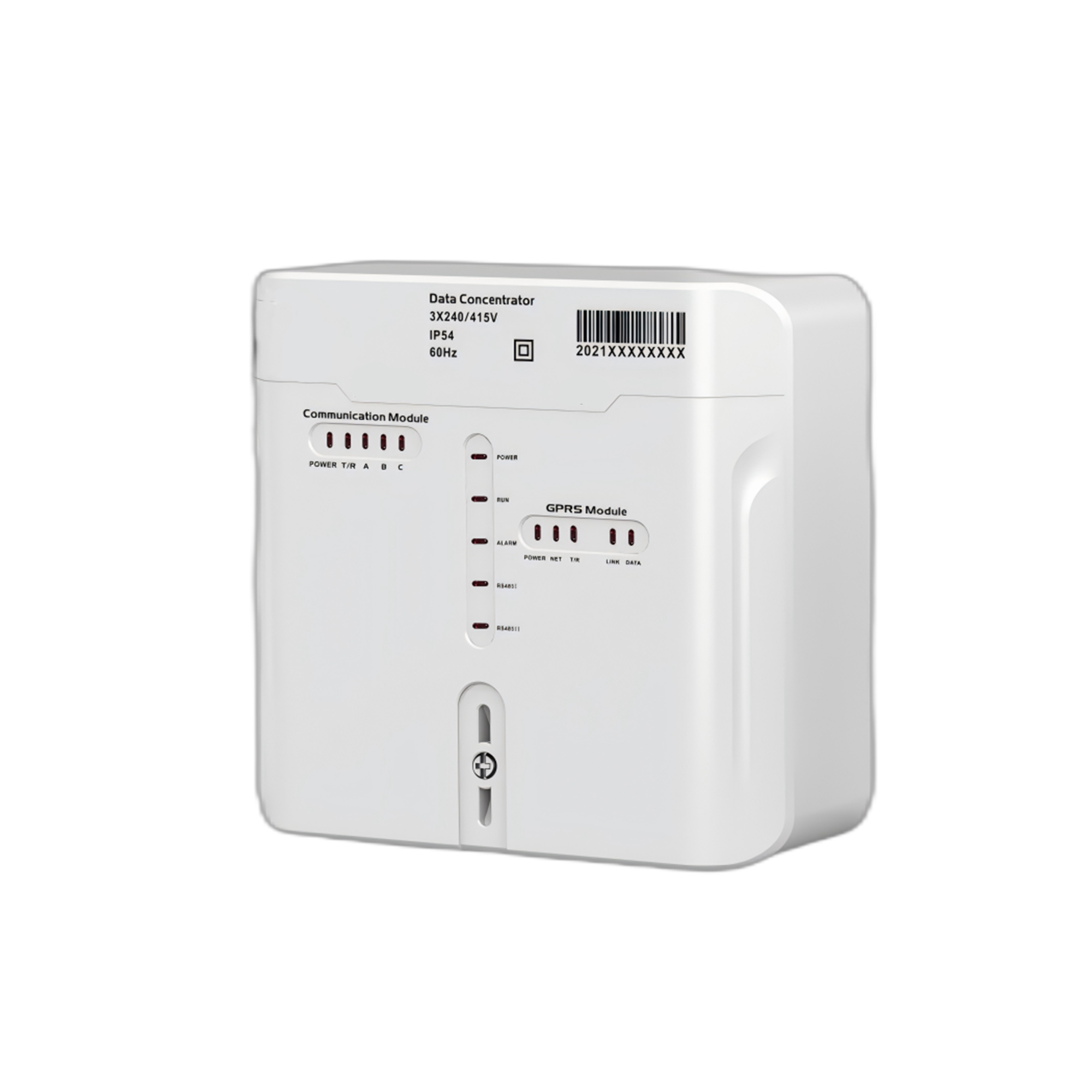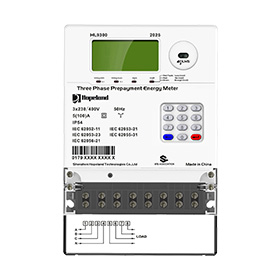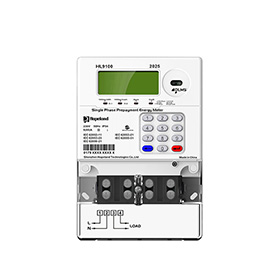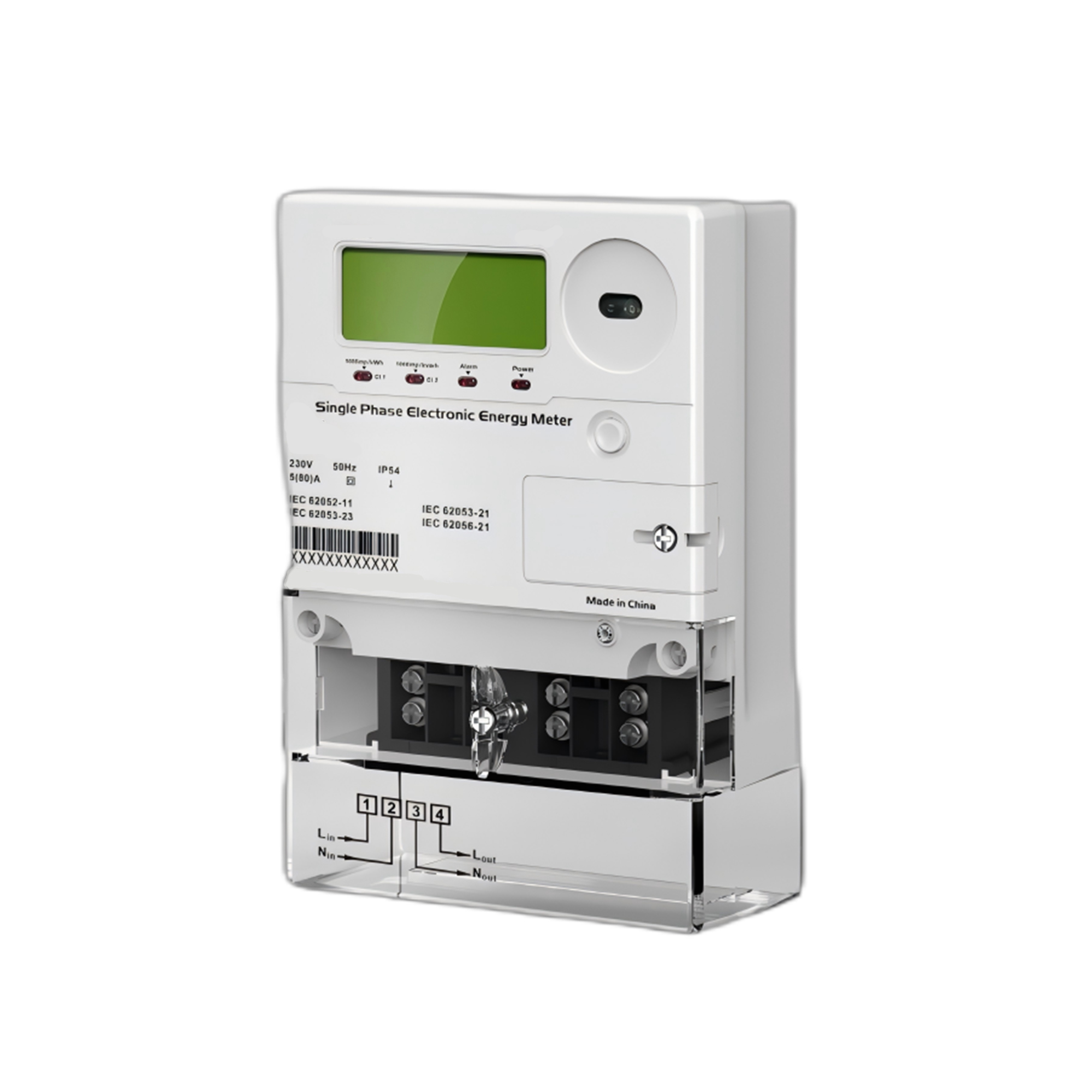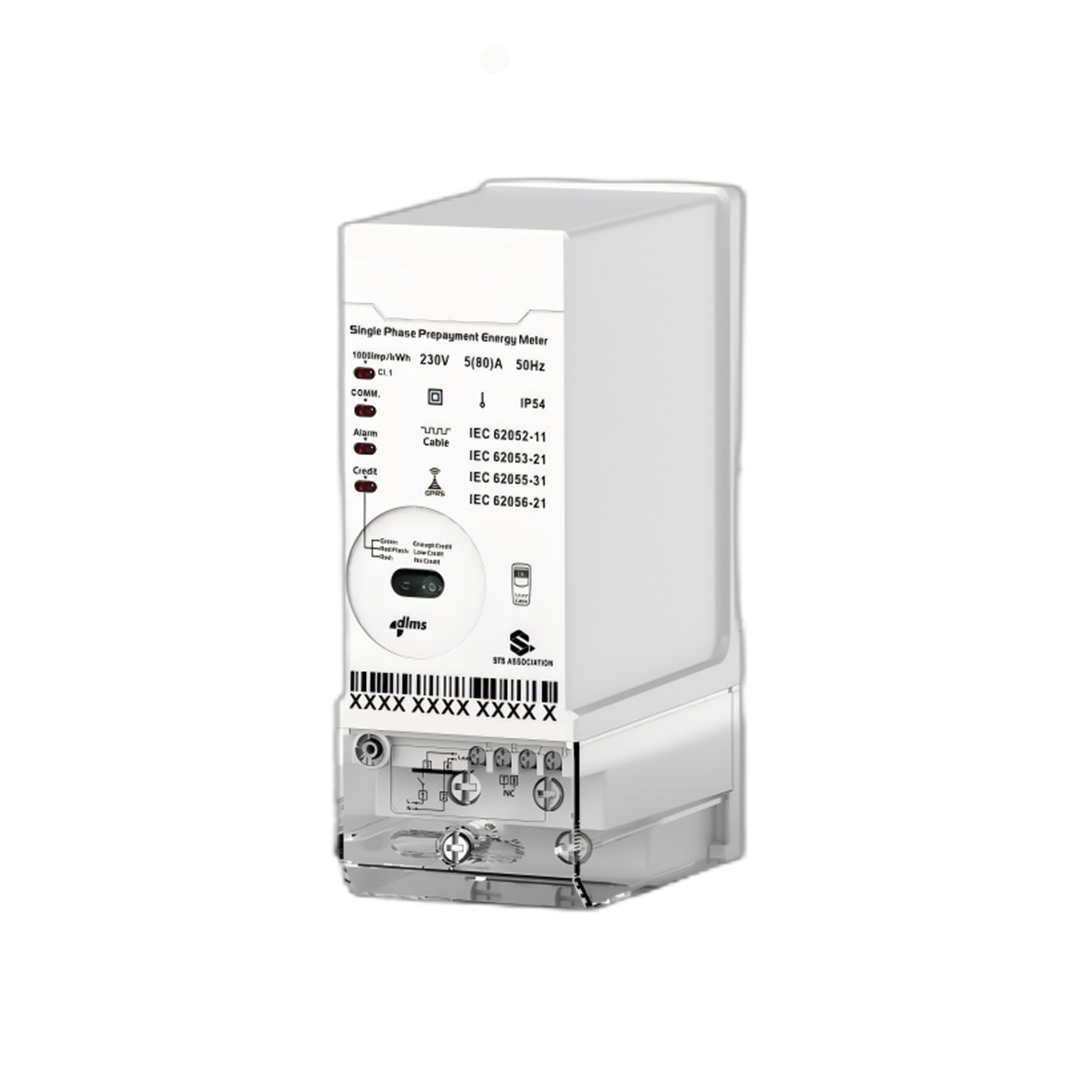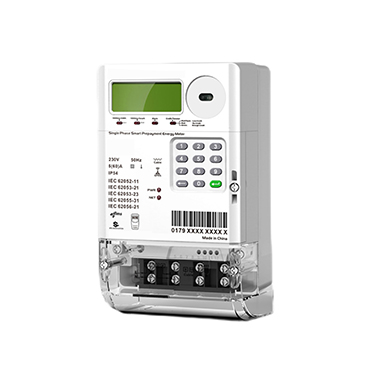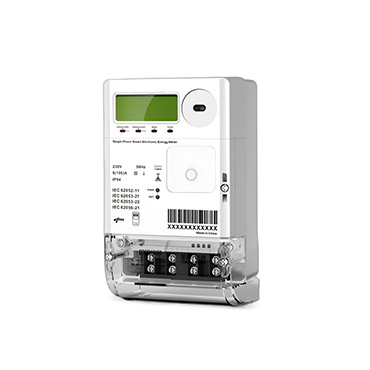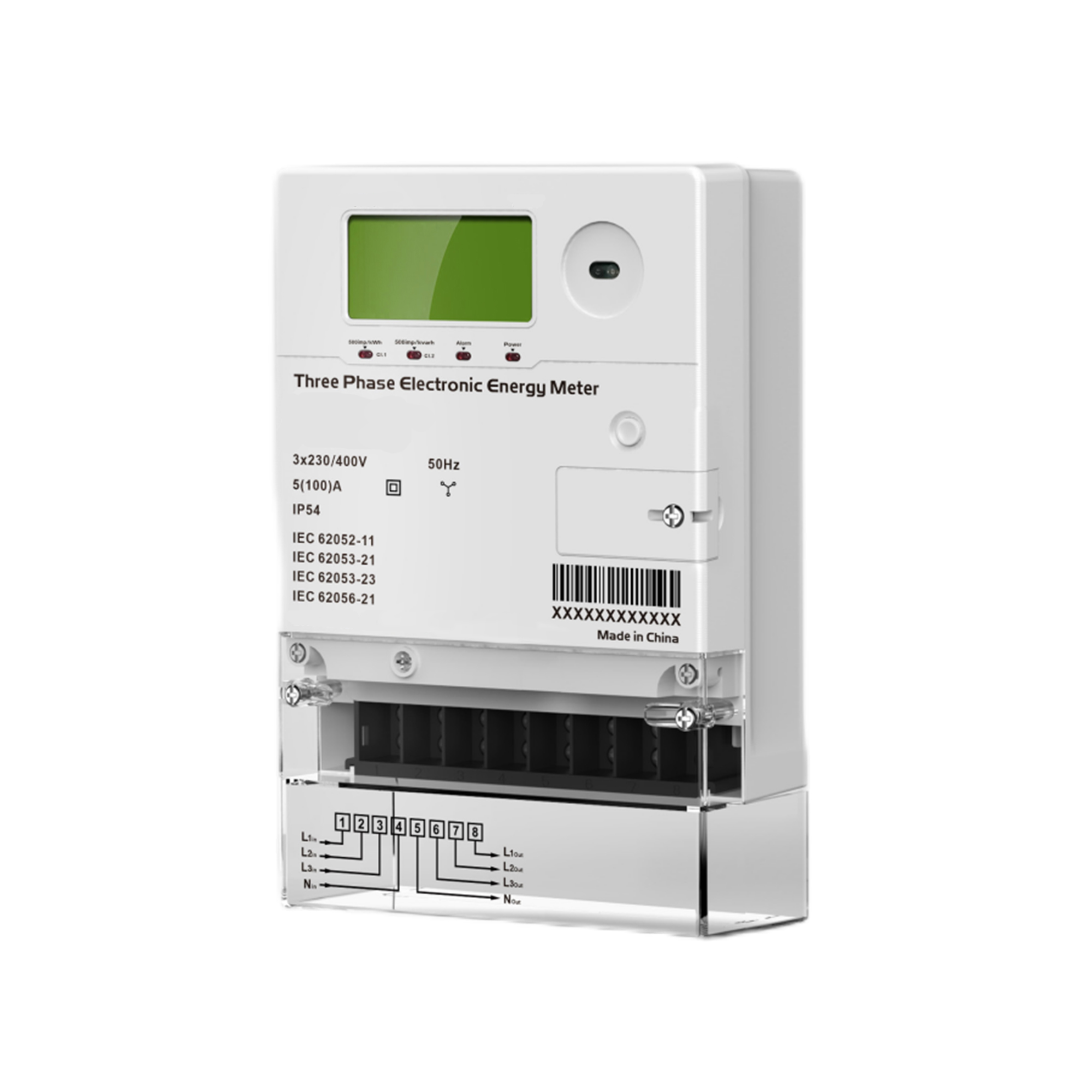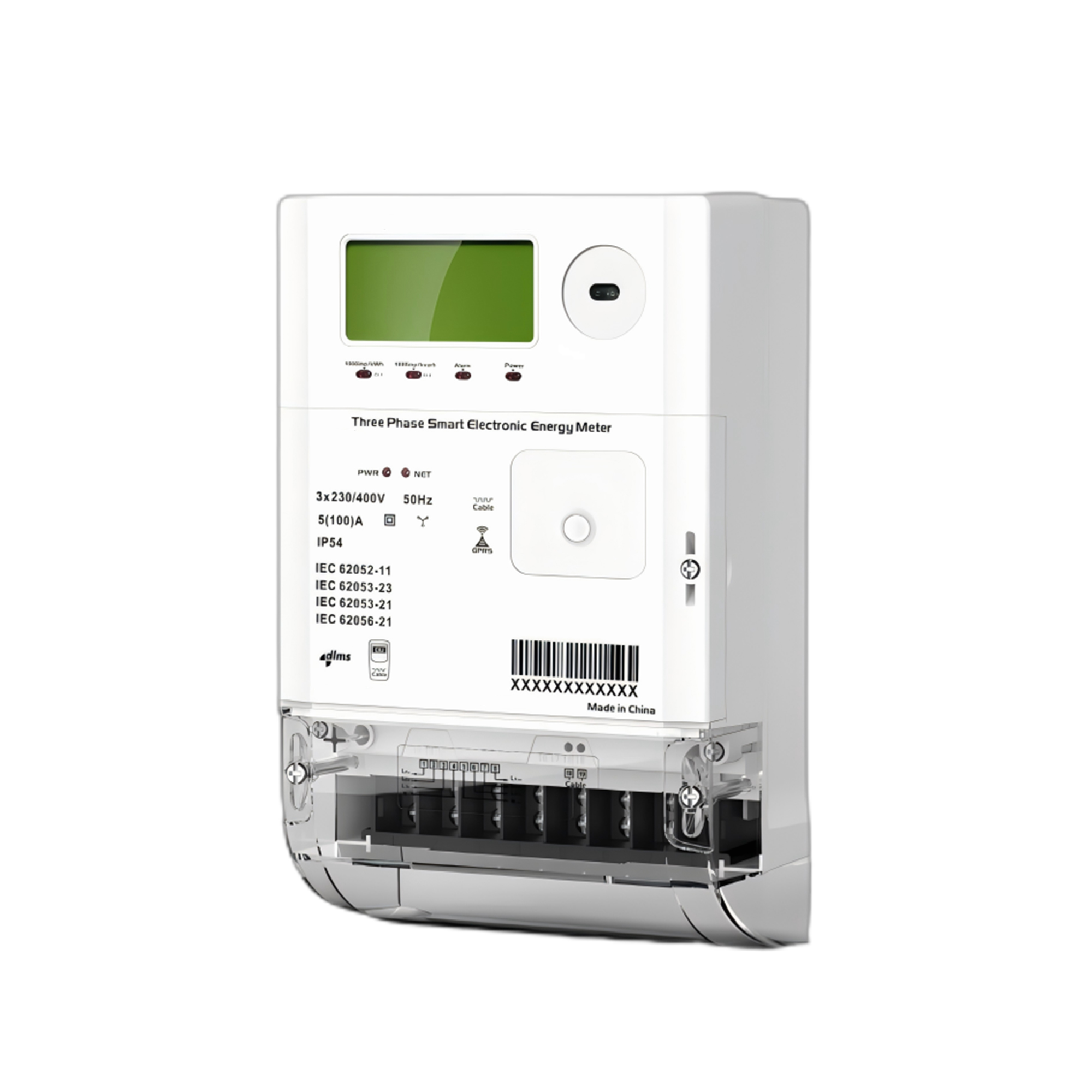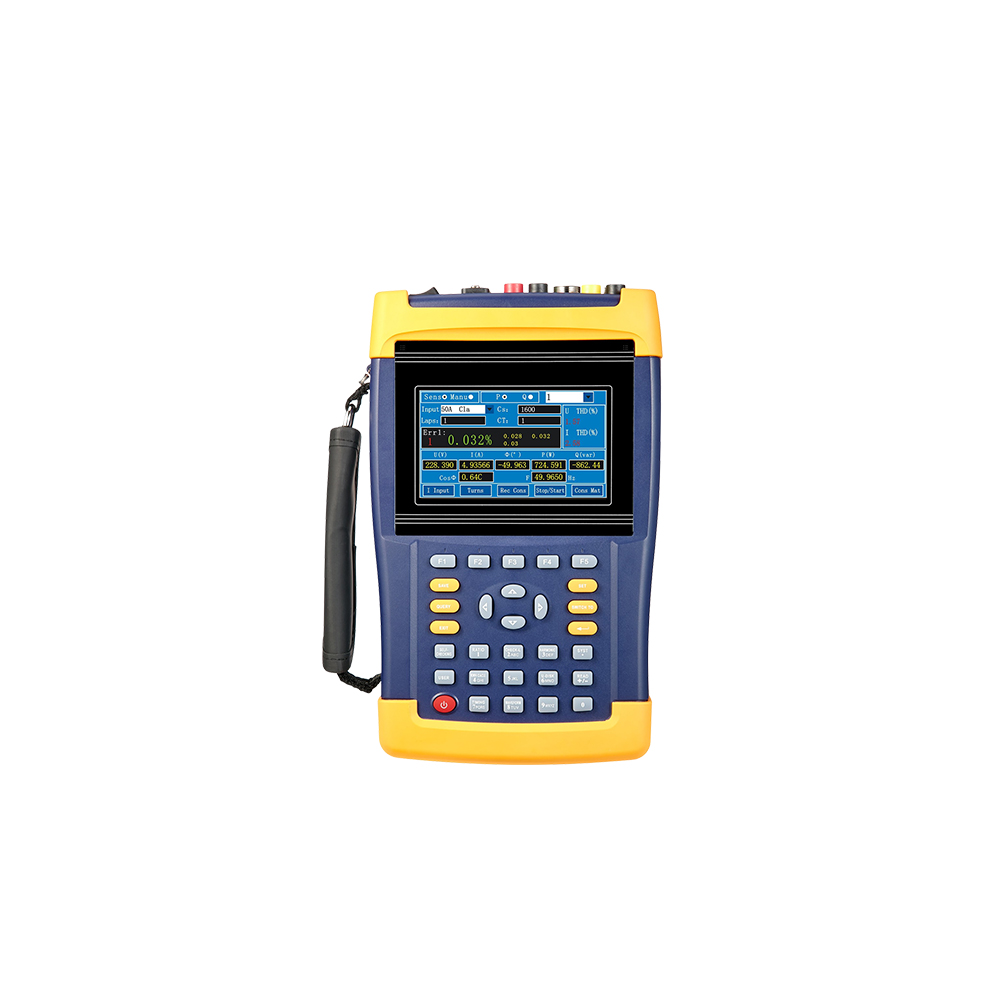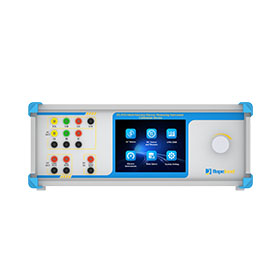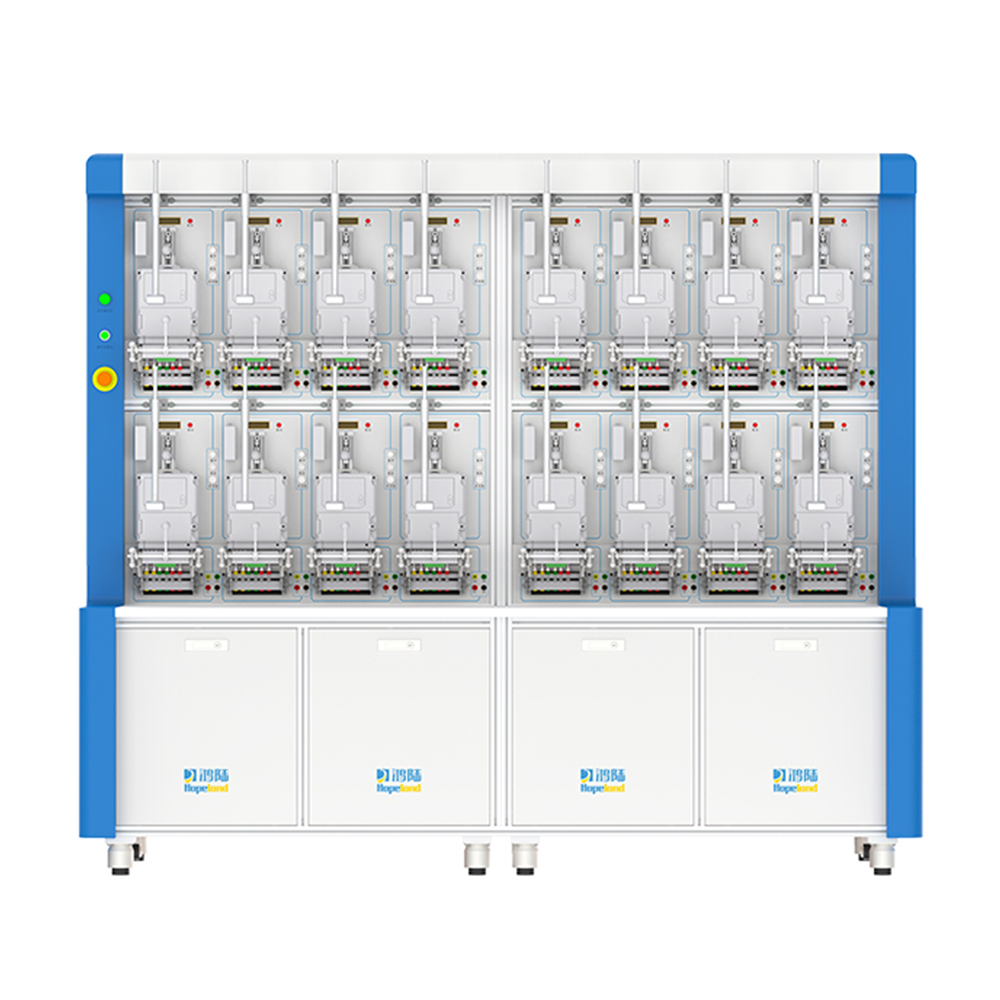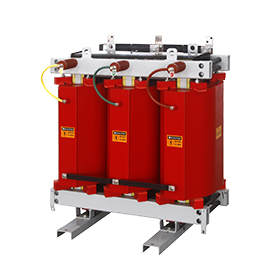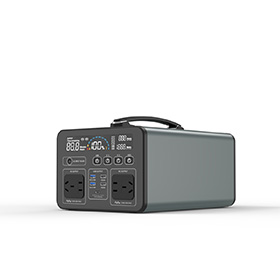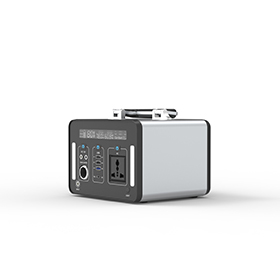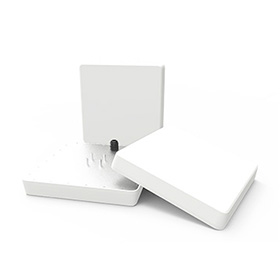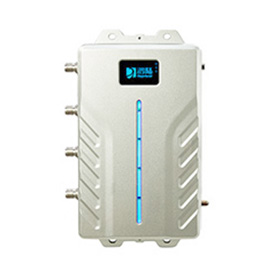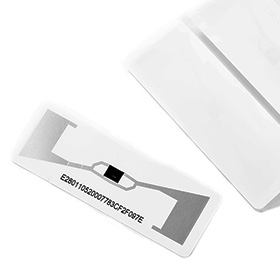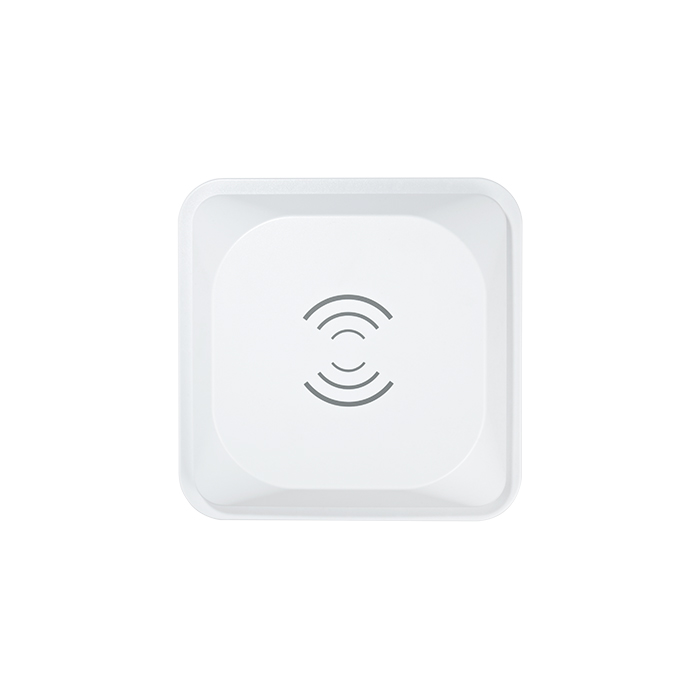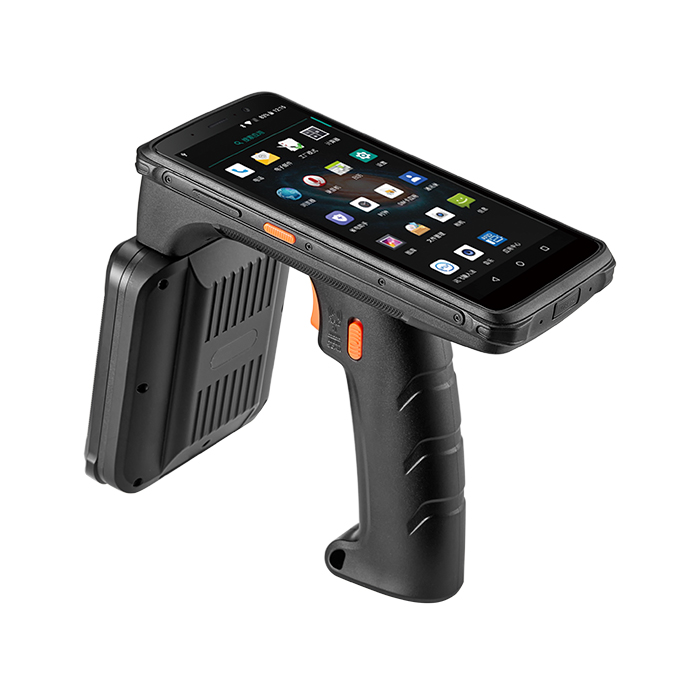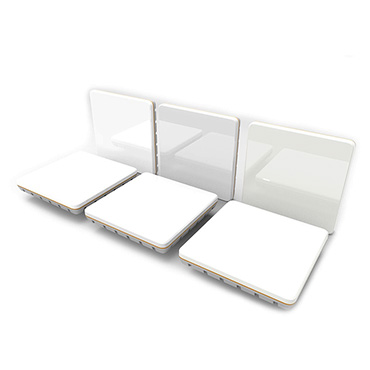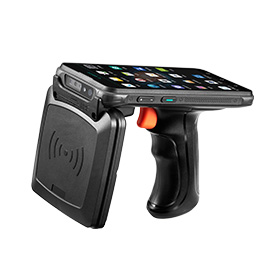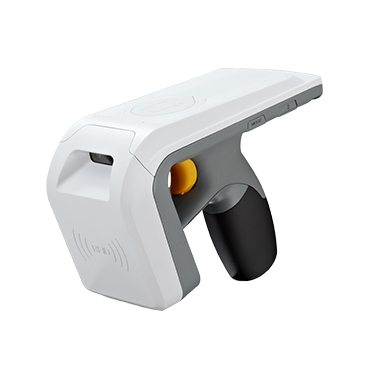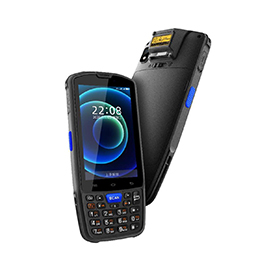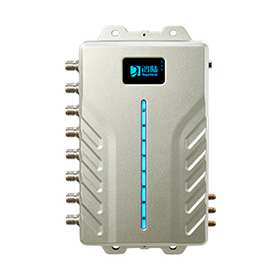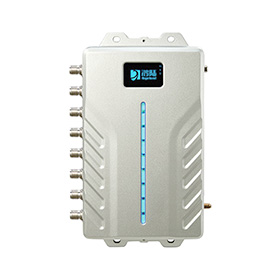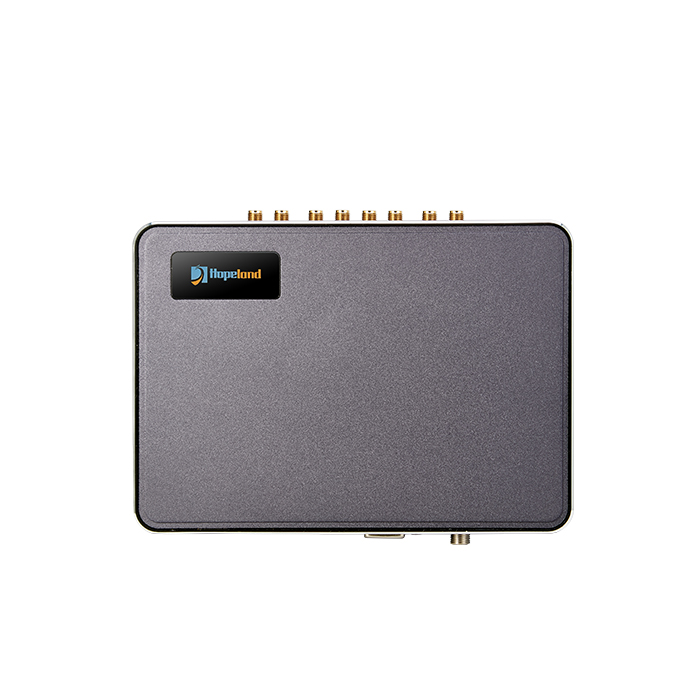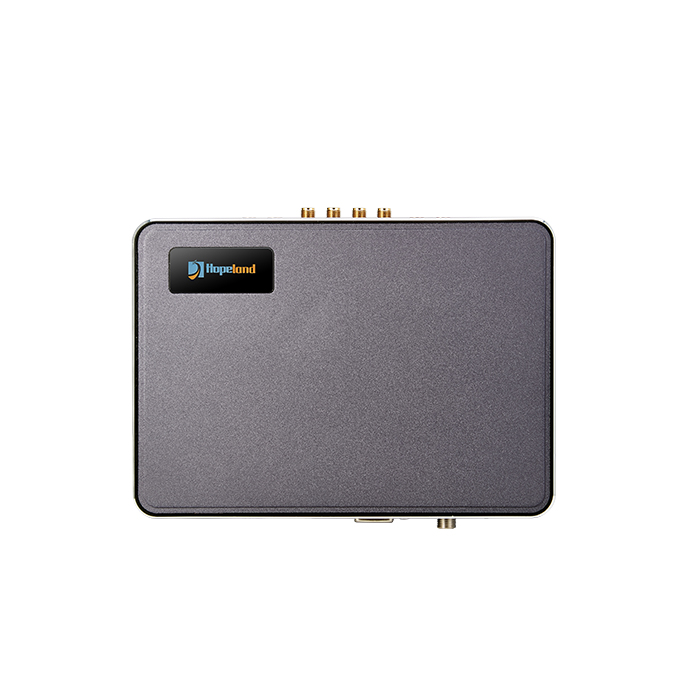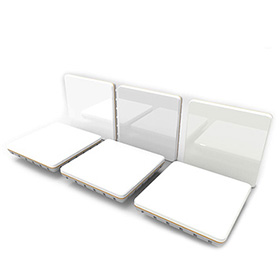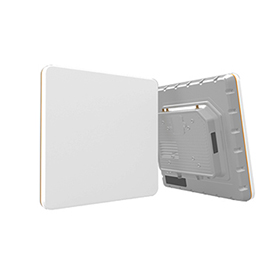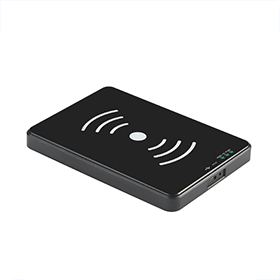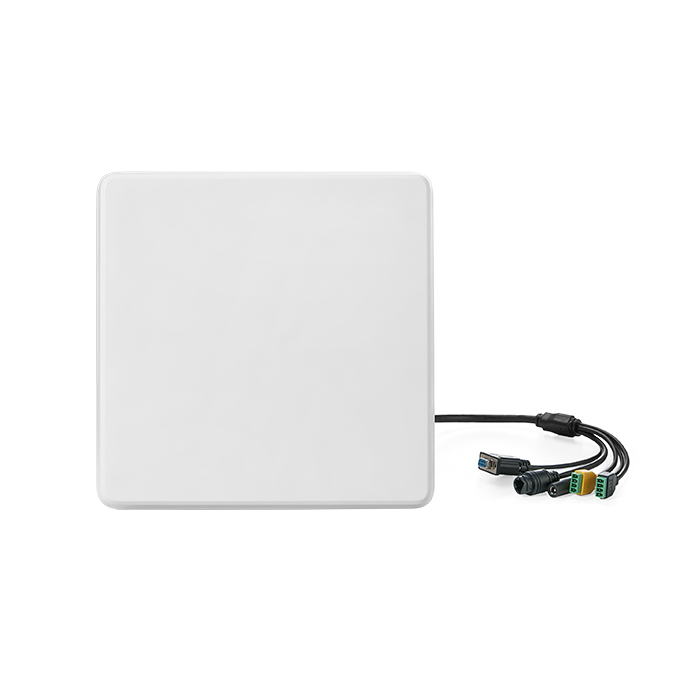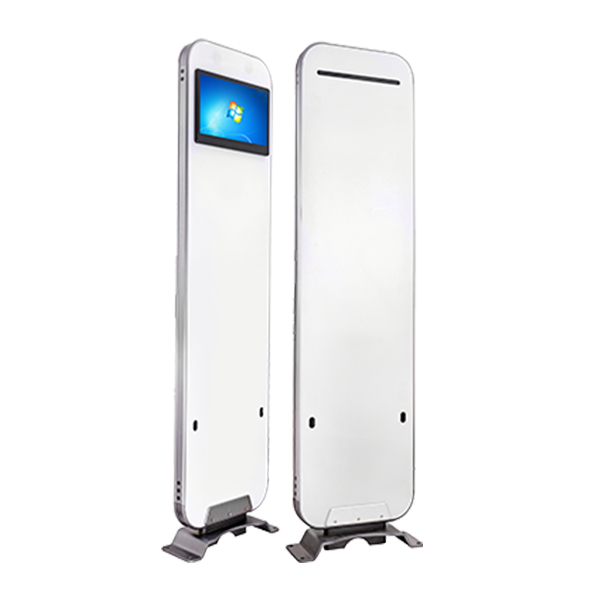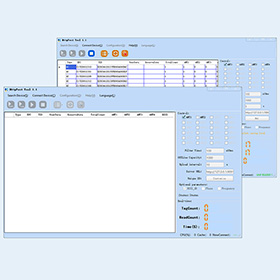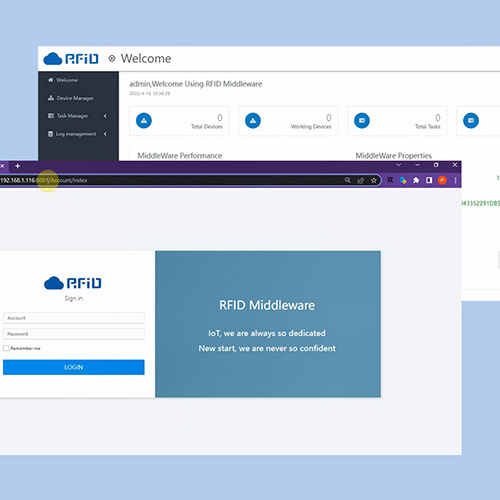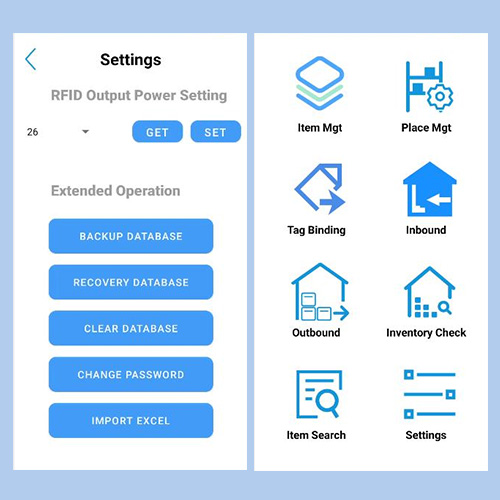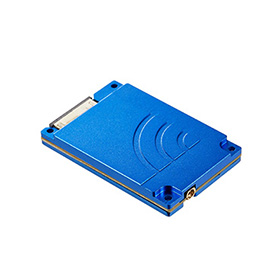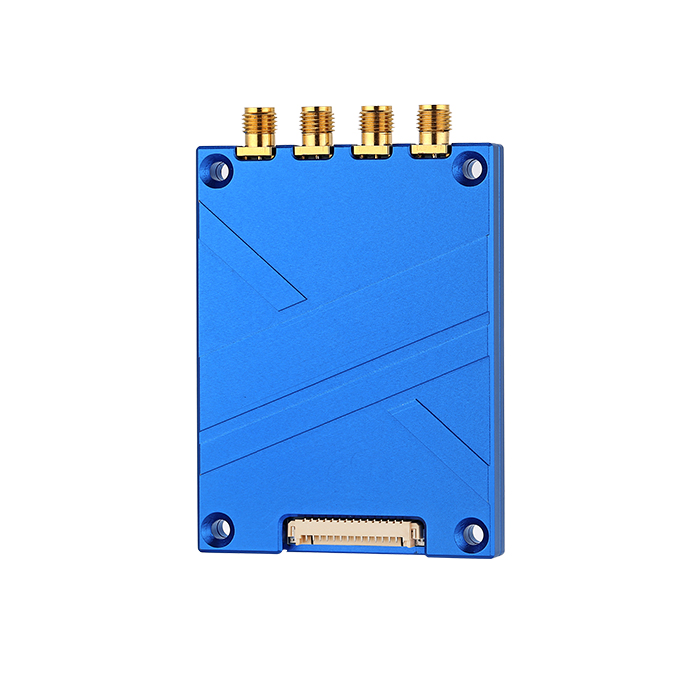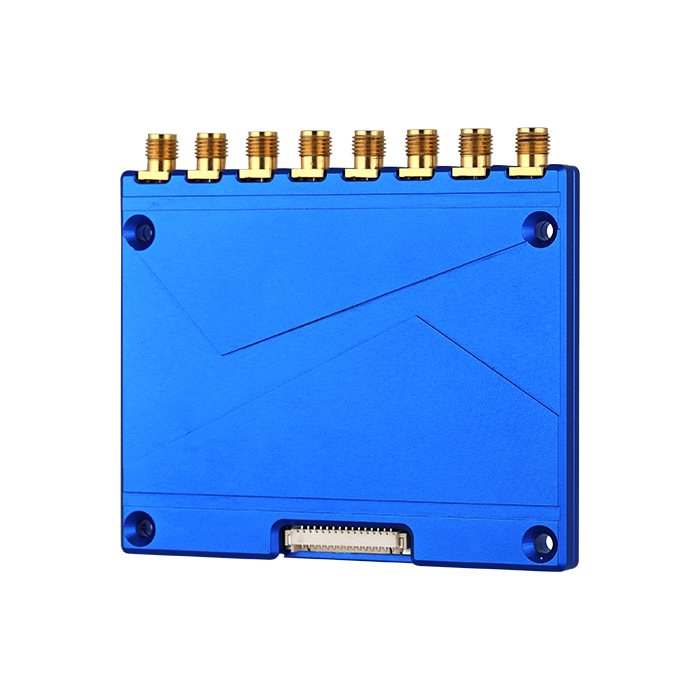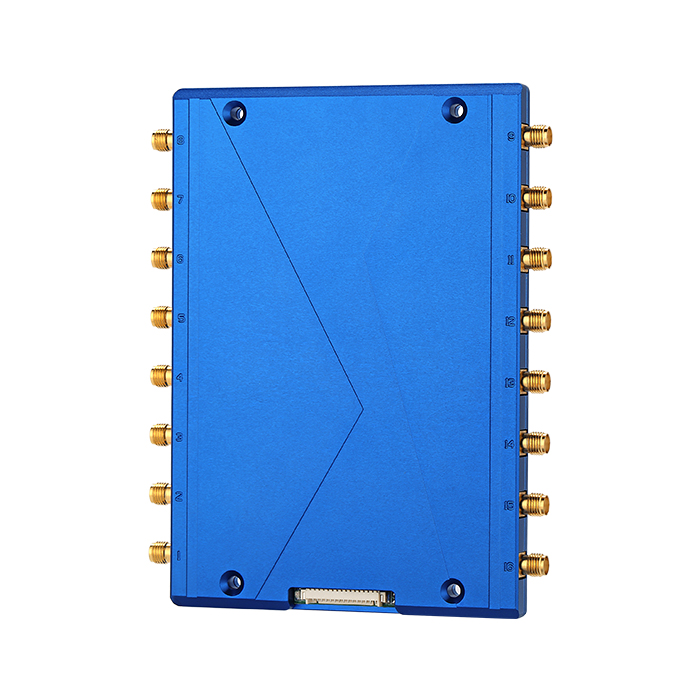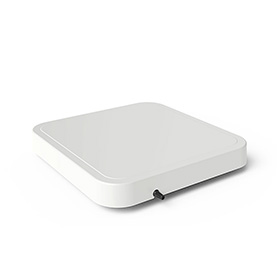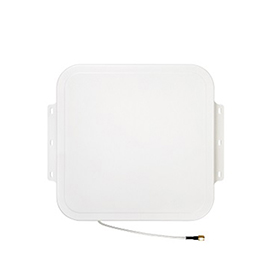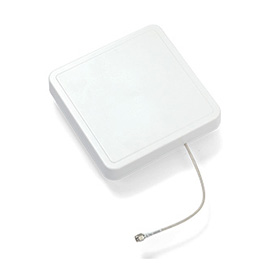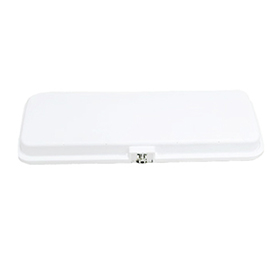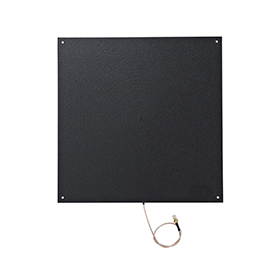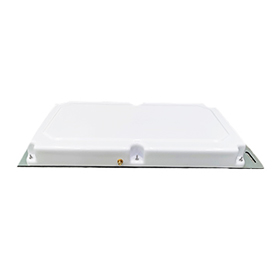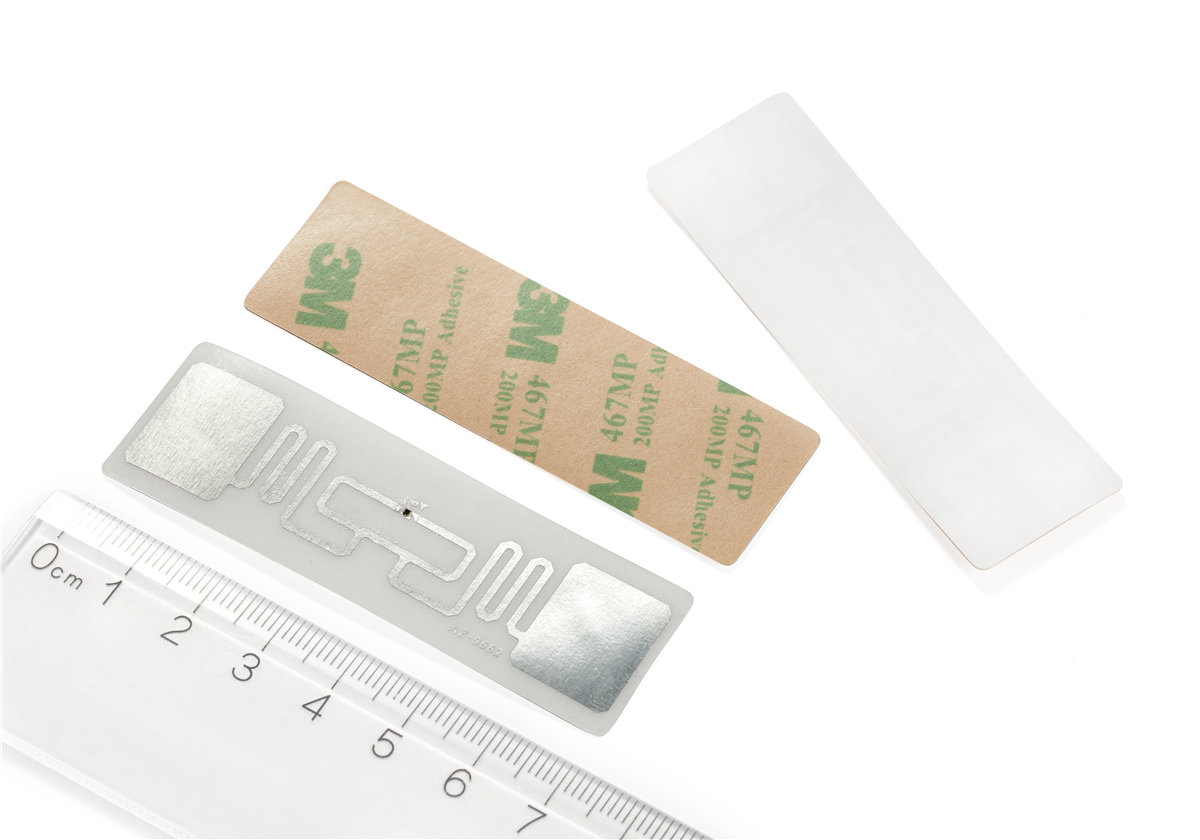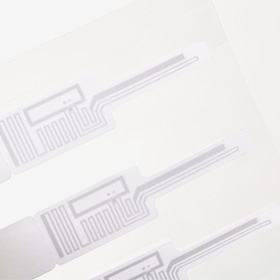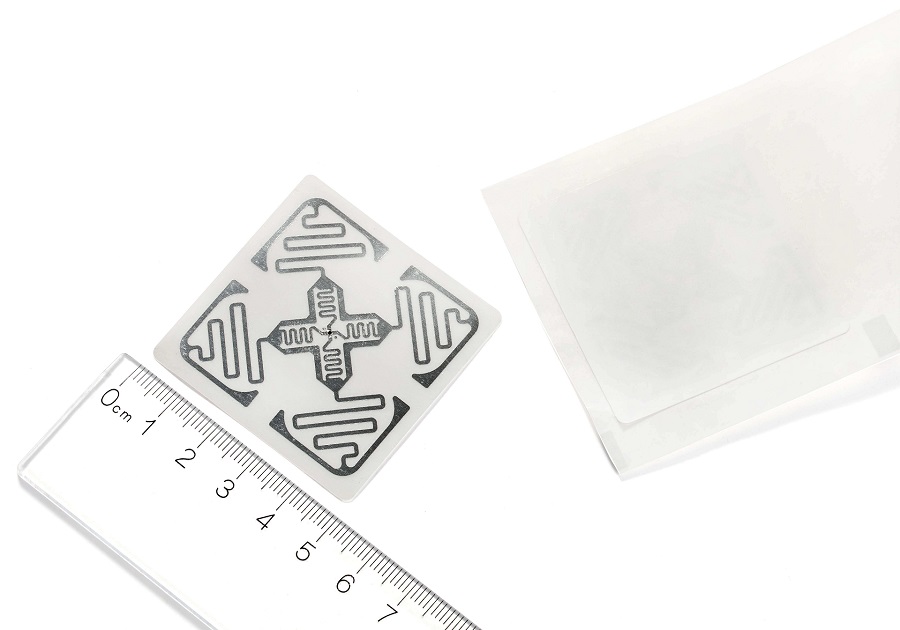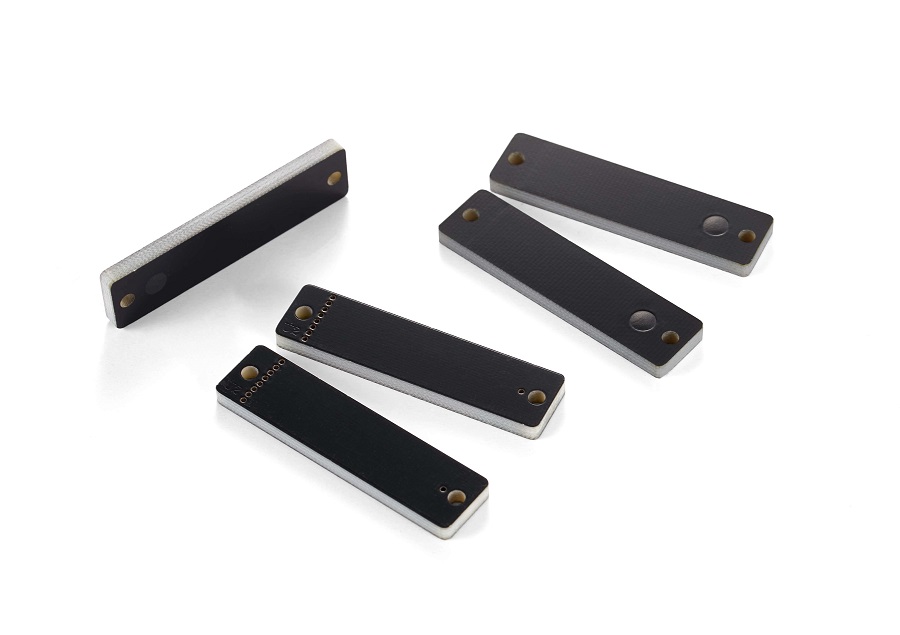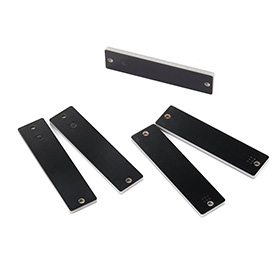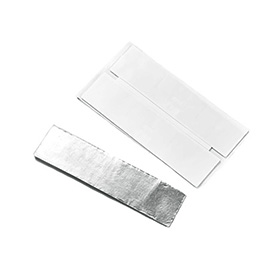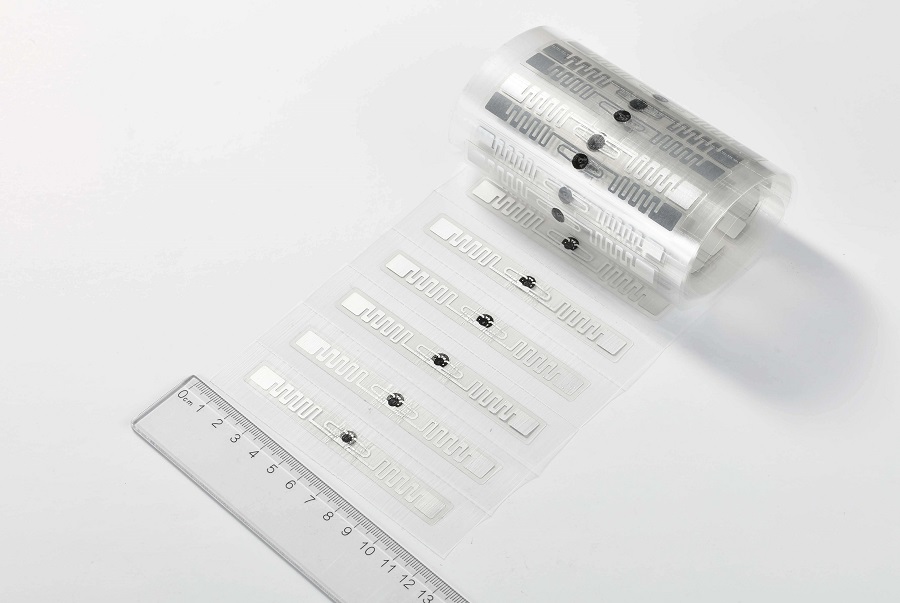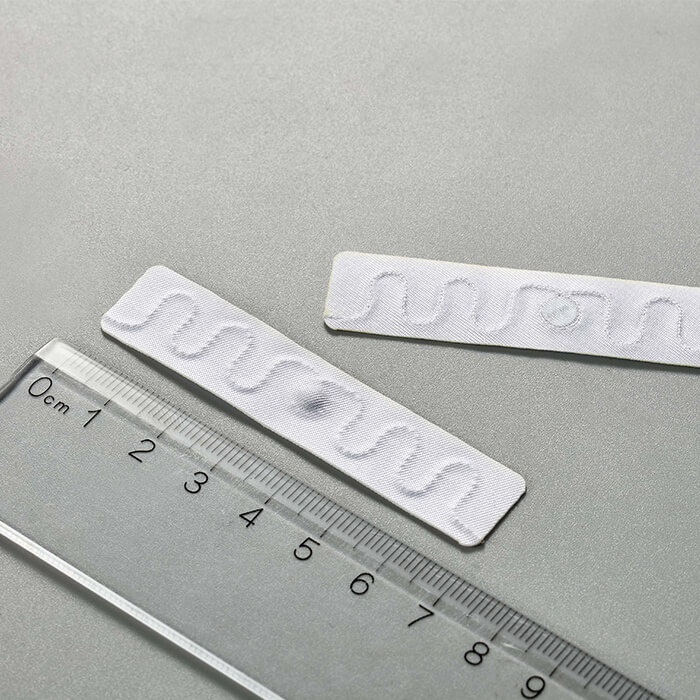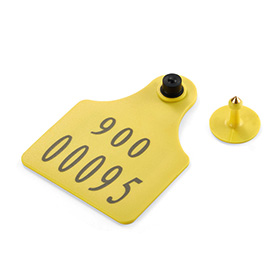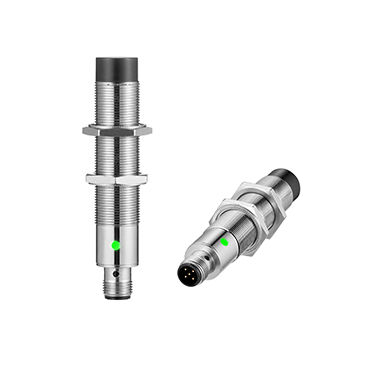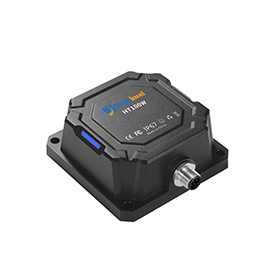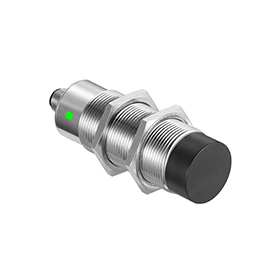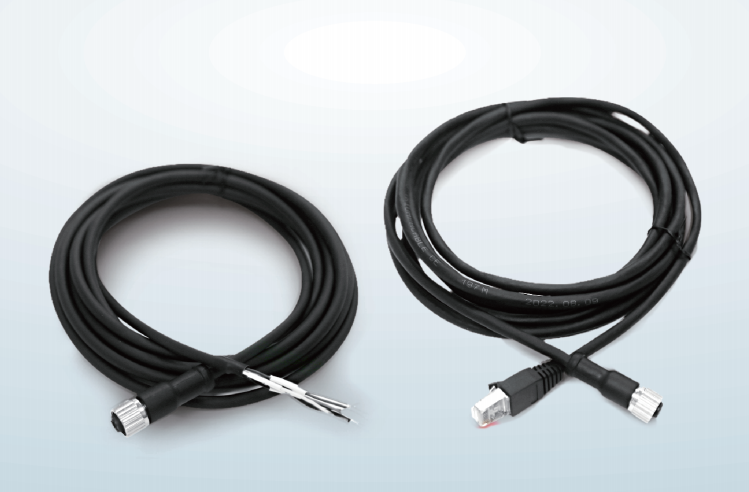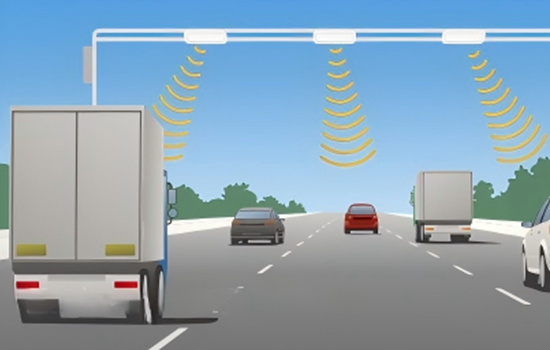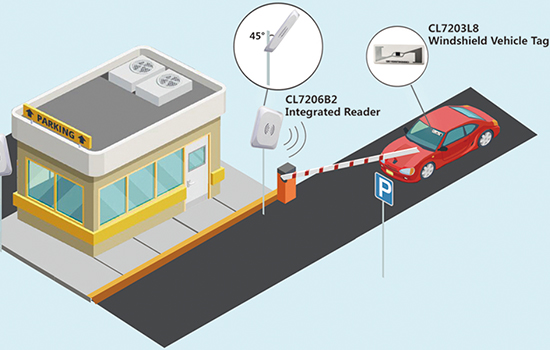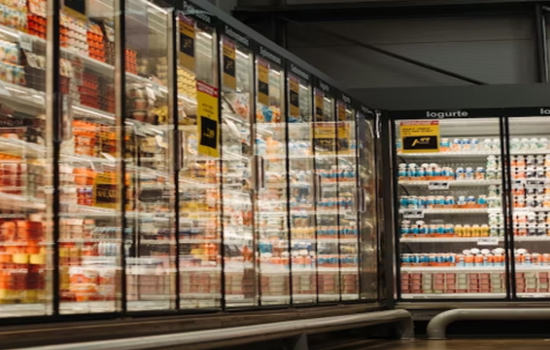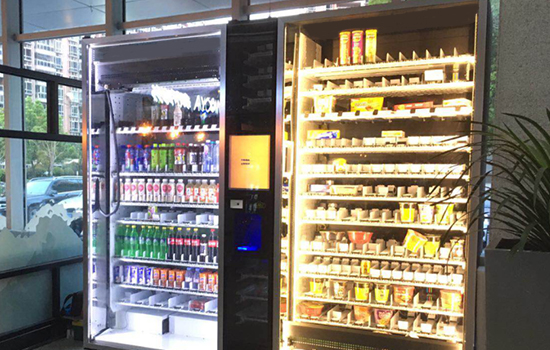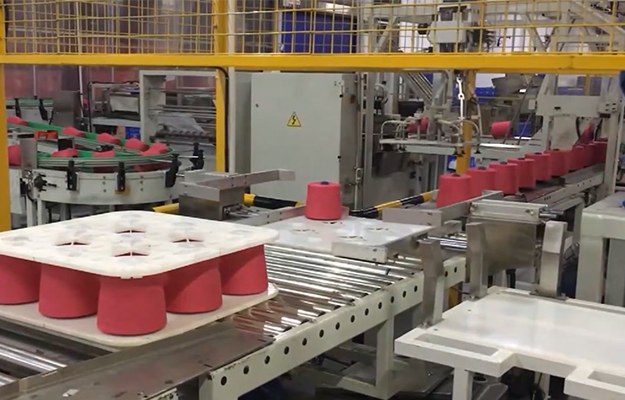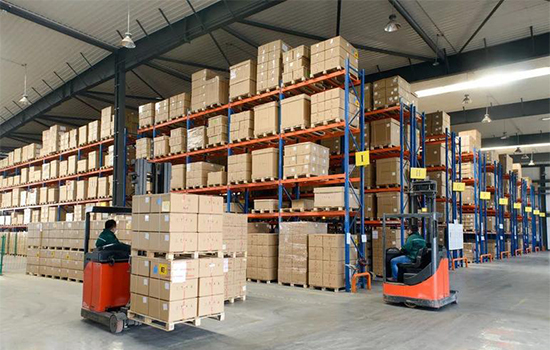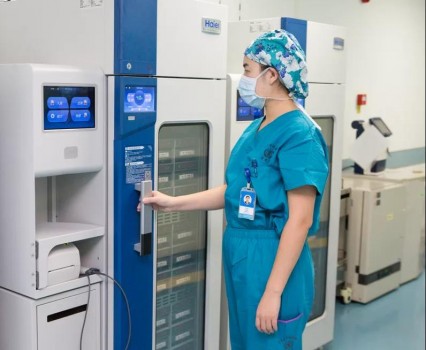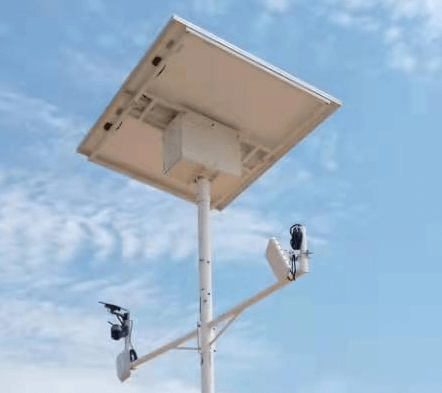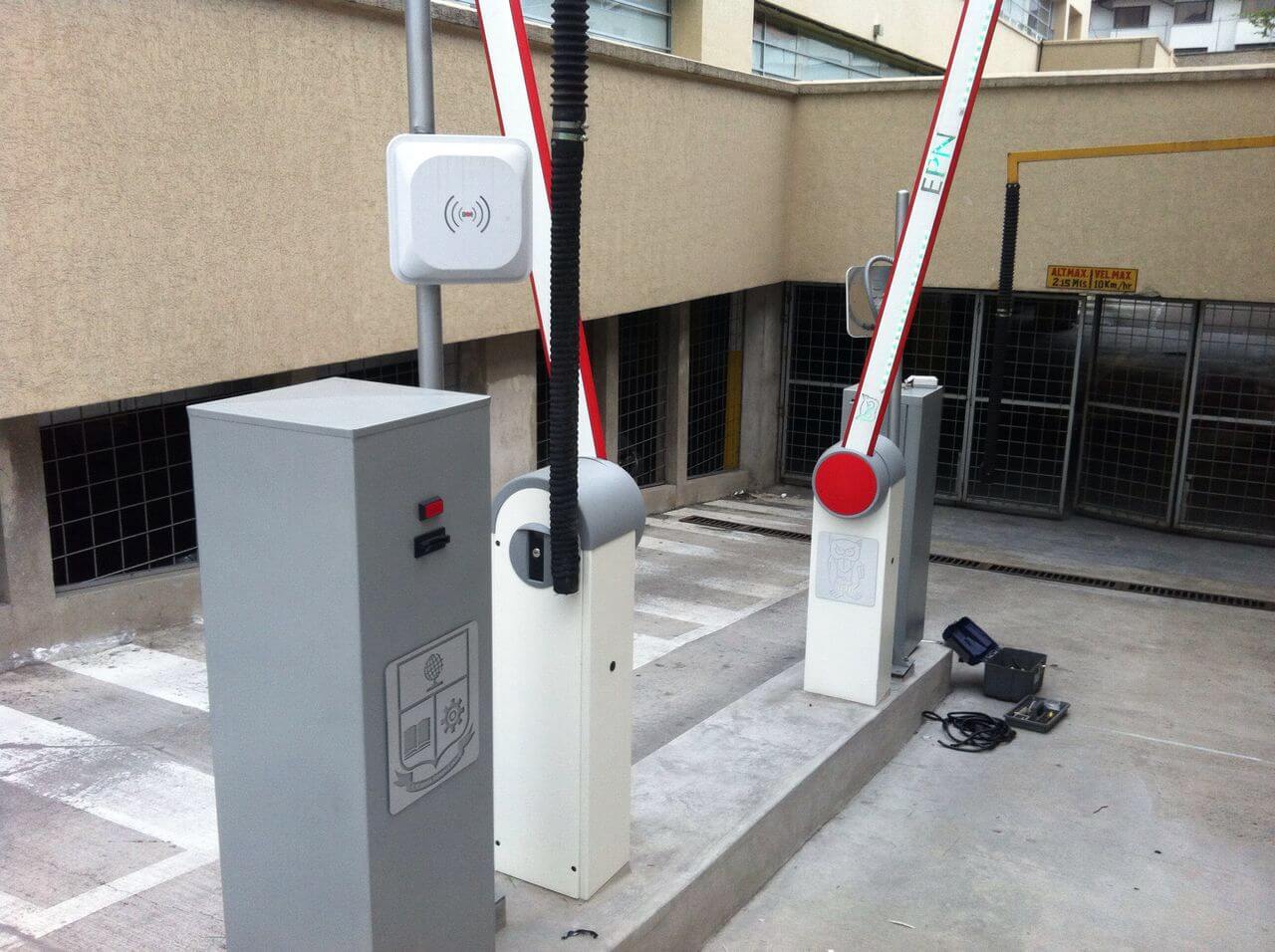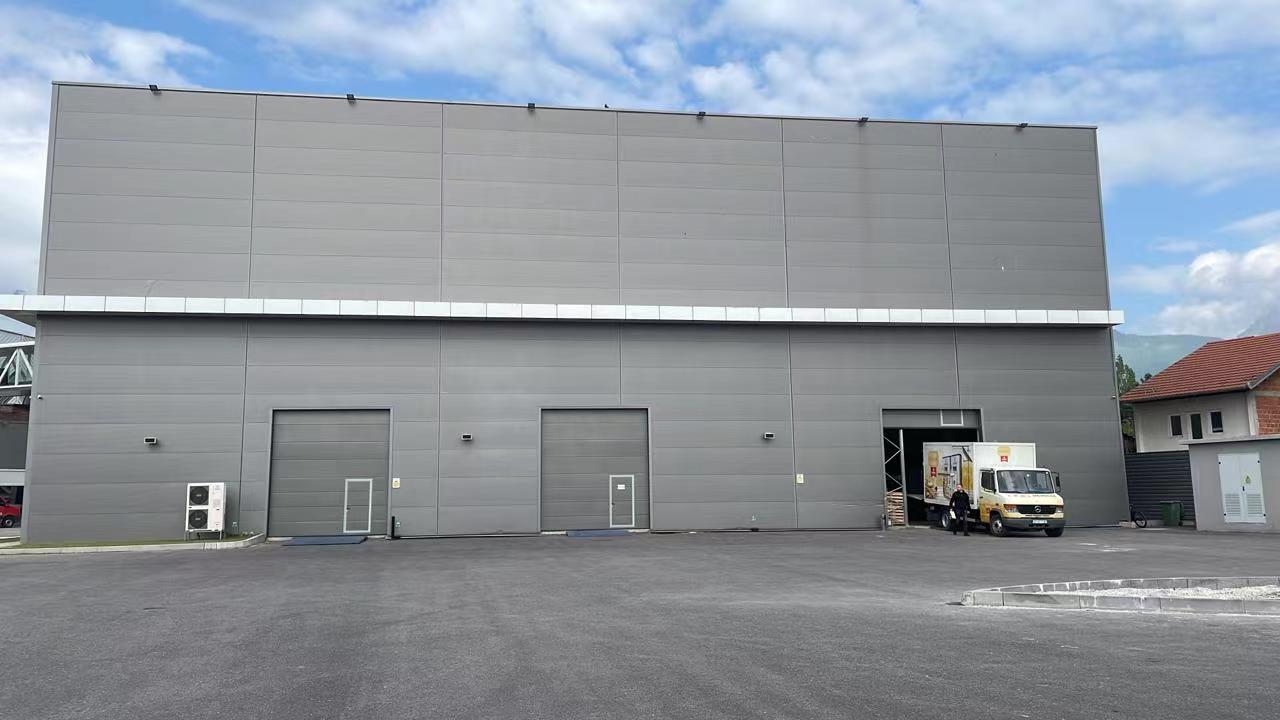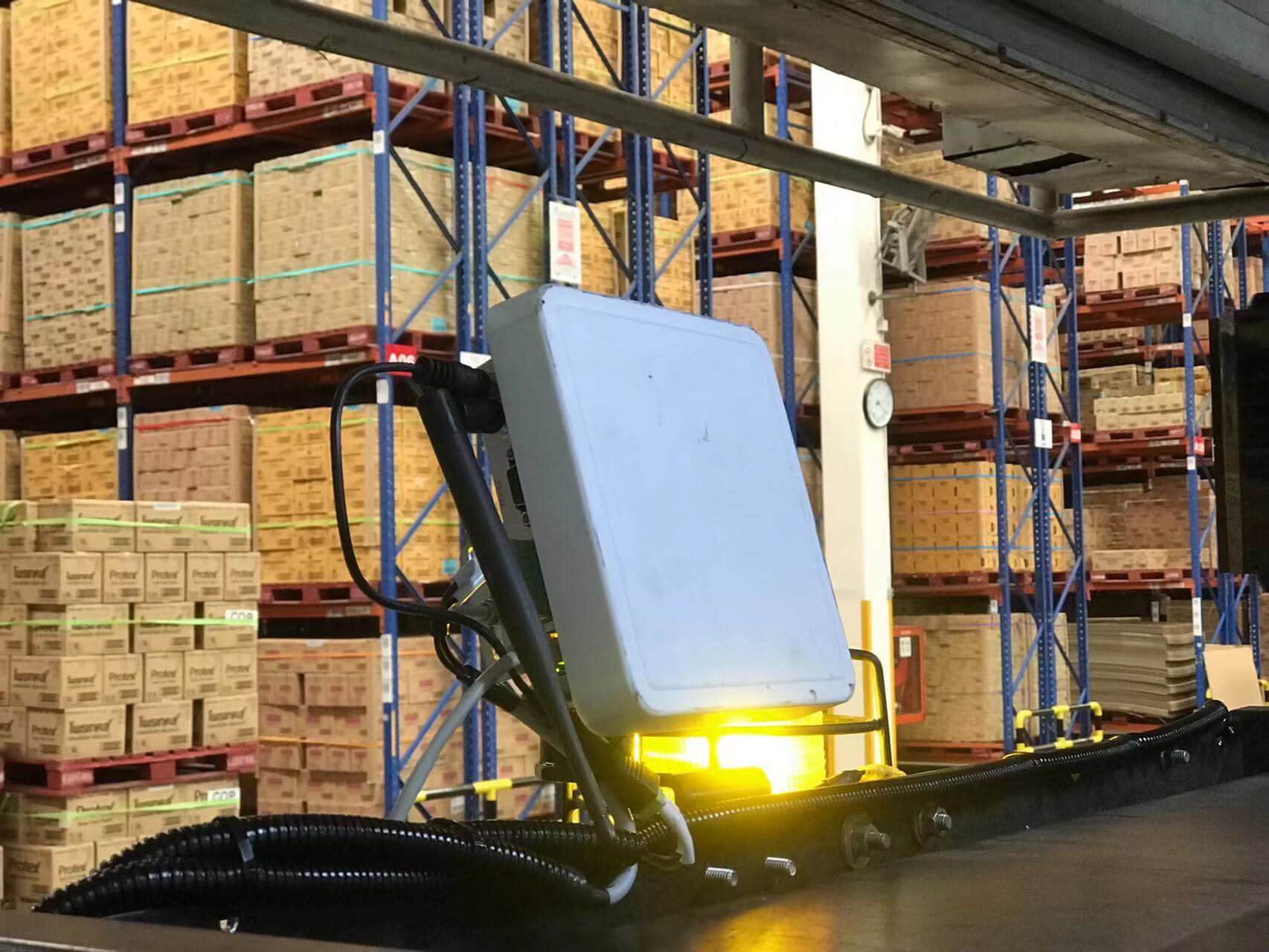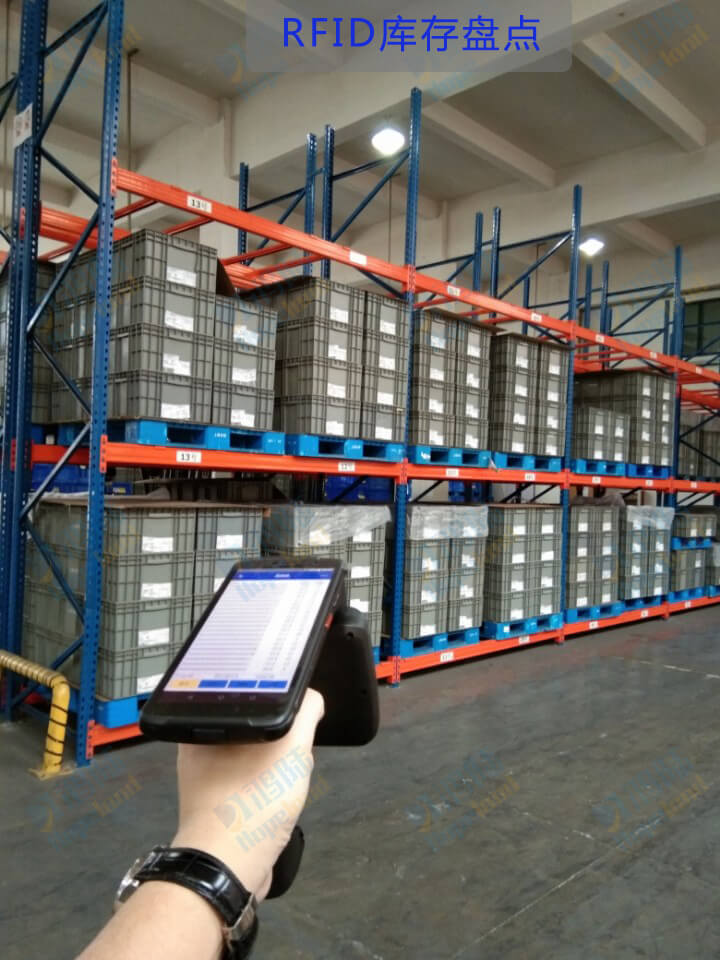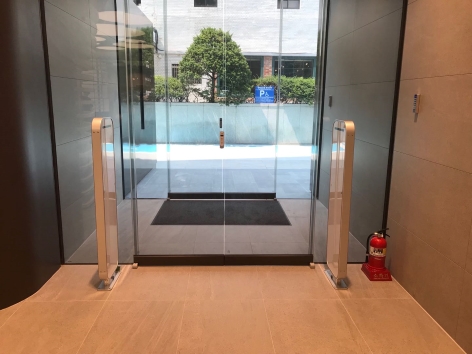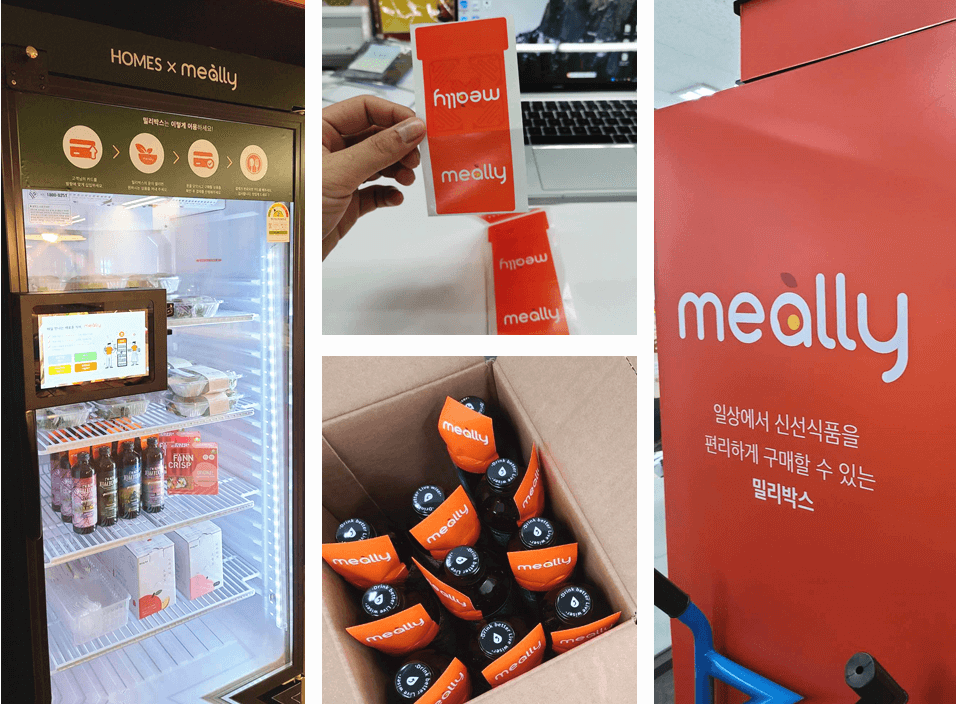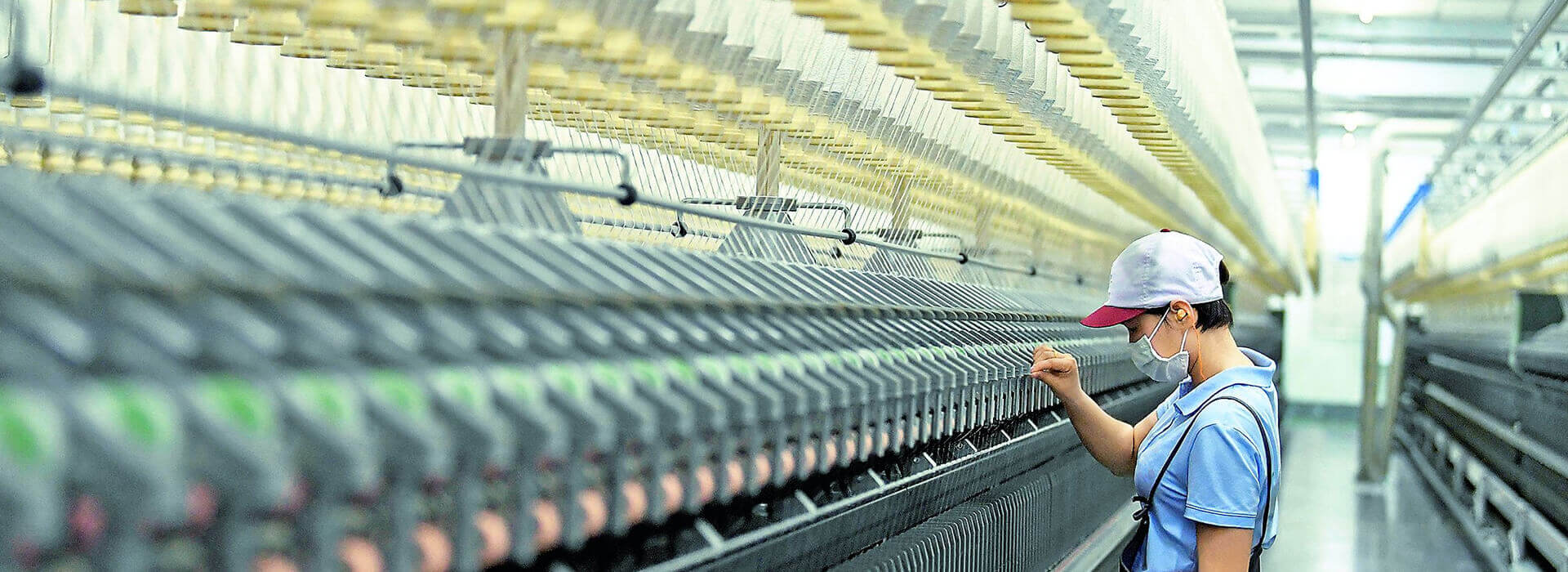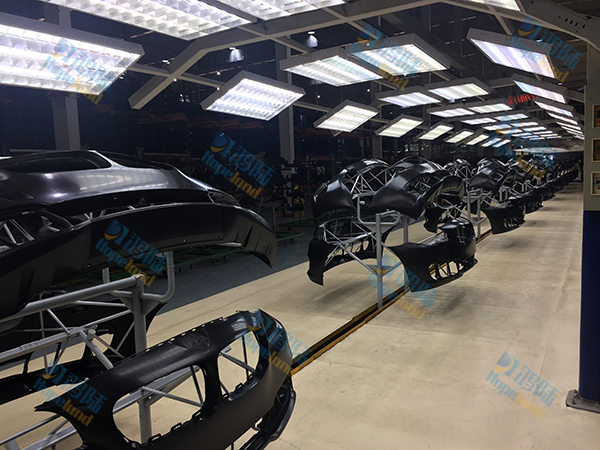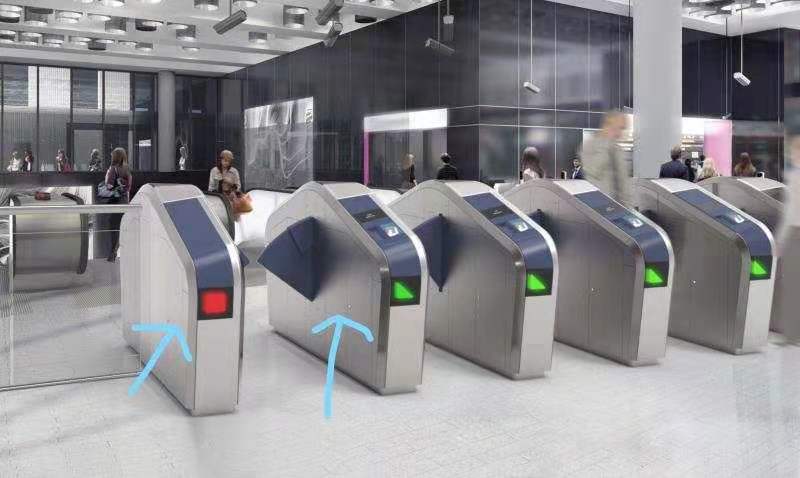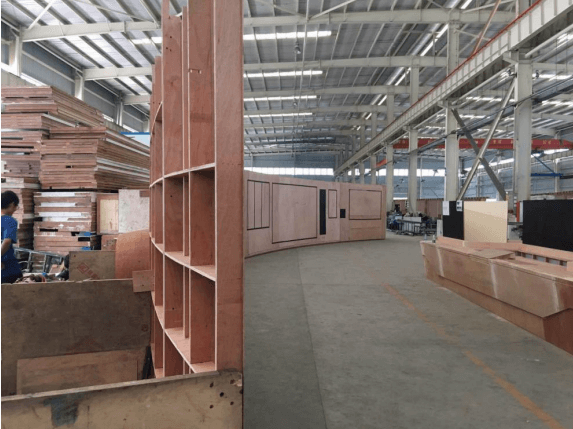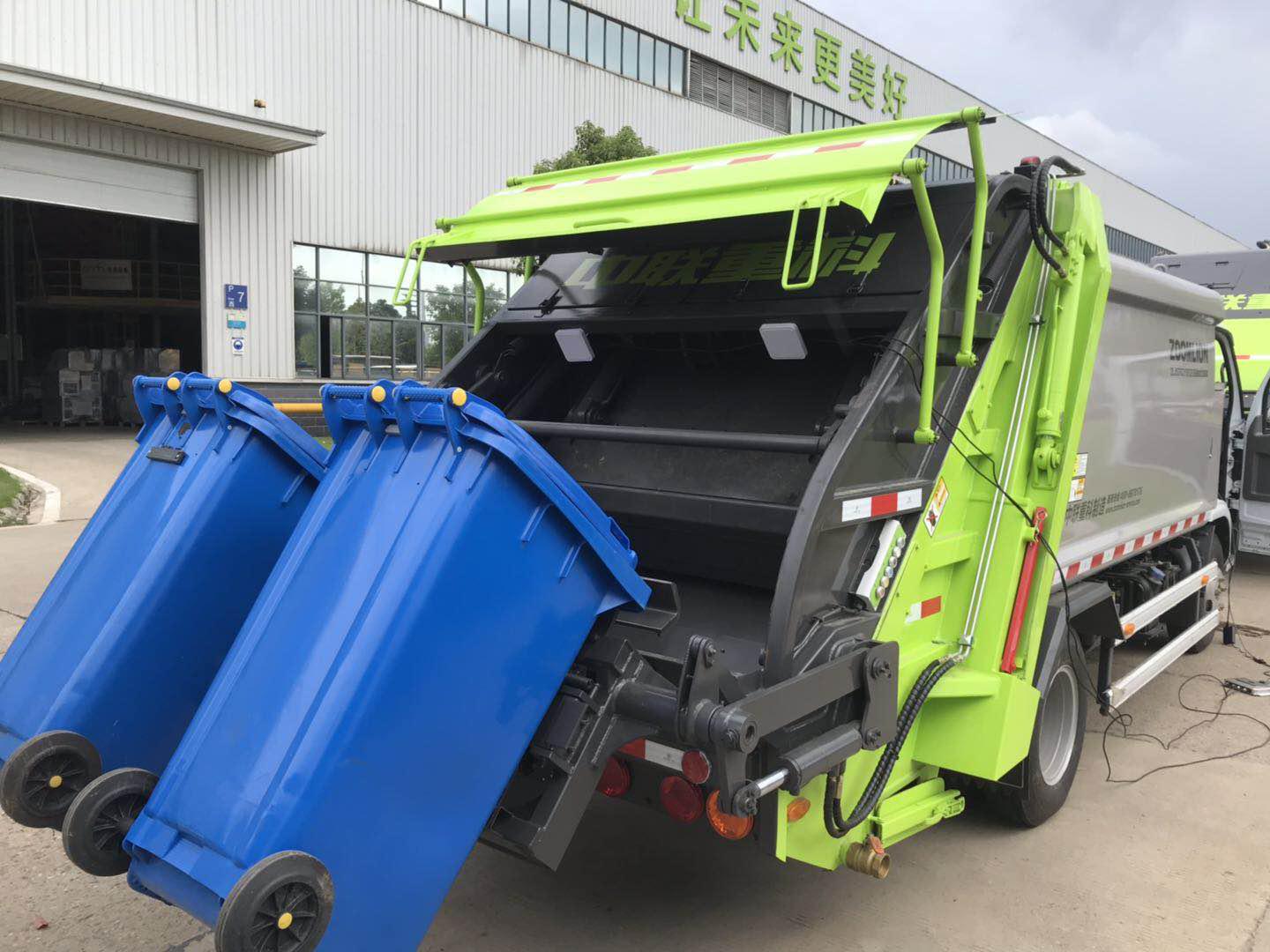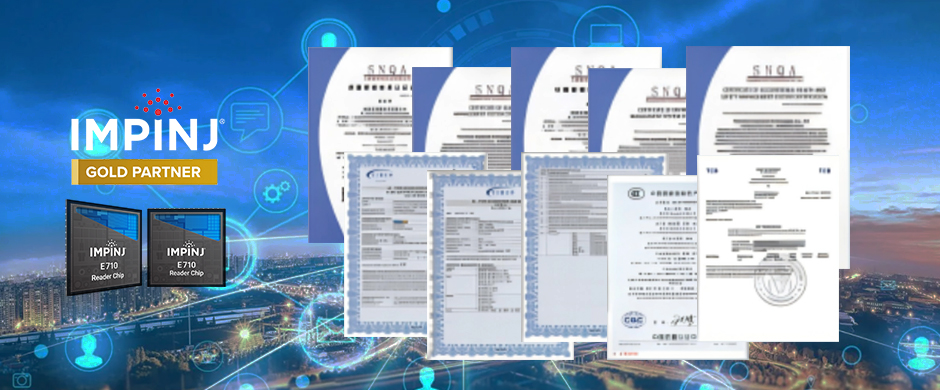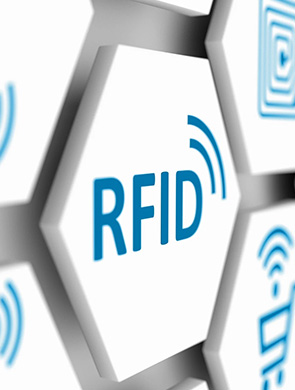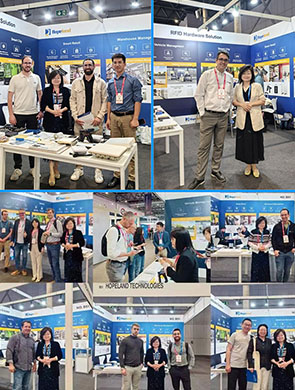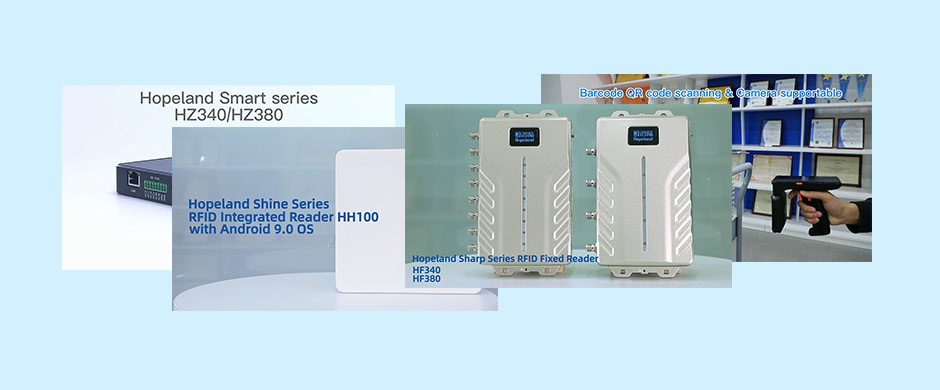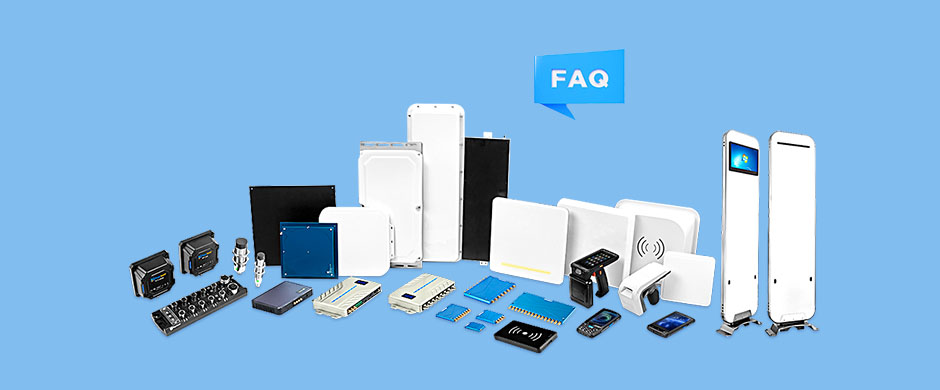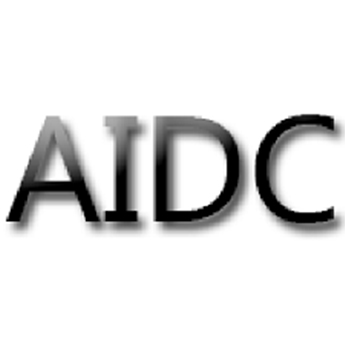
Automatic identification and data acquisition (AIDC) refers to directly inputting data into a computer system, programmable logic controller (PLC) or other microprocessor without a keyboard . It includes barcodes, radio frequency identification (RFID) and radio frequency data communications, magnetic stripes, voice and vision systems, optical character recognition , biometrics, etc. Each technology has its advantages and is suitable for different applications.
There are many kinds of AIDC technologies, and they are often used in combination.
1. Barcode
There are barcodes on various commodities purchased in supermarkets. Commonly used barcodes are UPC/EAN128, Code39, Code93, and cross two-five-five codes. The standards are formulated by the International Standards Organization ISO. Linear barcodes can be used in many areas where numbers or alphanumeric characters are used as database keywords. The main limitation is that the amount of data stored in the barcode is limited; in addition, when the print contrast is insufficient or ink is lacking, the ability to recognize the barcode will be reduced.
2. Two-dimensional barcode
Two-dimensional barcode is a new type of barcode that can store a large amount of data in a small place. There are three types of two-dimensional bars, namely stacked symbols (linear barcodes stacked on top of each other), matrix symbols (matrix of bright and dark dots, dots, square dots or hexagons) or package symbols (linear symbols are arranged randomly) , Such as PDF417, Code49, Code16K (stacked), Code One, Maxi Code, Data Matrix, Aztec (matrix) and Super Code (package). Most of these standards have been submitted to ISO for approval.
3. Magnetic card
The transportation sector began to use magnetic cards in the early 1960s, and the banking industry began to use them in the 1970s. Since then, the use of magnetic cards has continued to increase and has become very popular. The main problem of magnetic cards is the limited amount of stored information and the security of the data. Many manufacturers have provided various solutions. Although many people predict that magnetic cards will be replaced by other technologies, investment in it is still increasing. Magnetic card is a very ideal technology, the cost is very low and there are many kinds of uses. With the emergence of new security technologies, magnetic stripe technology will be more widely used.
4. Smart Card
The smart card was first used in France in 1982. It provides a safe and cheap offline confirmation mechanism. Due to the high communication cost of online confirmation of transactions in Europe, this technology is quickly accepted in Europe. There are two types of smart cards: one is a "dumb card" with only memory function, which is only used to store information, such as stored-value cards for retail and vending machines; the other is a real "smart card" with an embedded microprocessor. It can process stored data, such as smart wallets or multi-use cards.
5. Optical card
Optical card technology is similar to music CDs and CDROMs. The golden light-sensitive material plated on the card is used to store information.The laser burns small holes on it. The low-energy laser can detect these small holes when reading. The presence or absence of small holes indicates 1 or 0.
The optical card is a medium that is written once and read out many times, and the data can be stored permanently. The capacity reaches 4~6.6MB, which can store images such as photos and fingerprints. ISO has developed standards for optical cards.
6. RFID (Radio frequency identification)
RFID is the most popular technology of AIDC. Although it has been around for a long time, the formats of various manufacturers are inconsistent, and ISO is carrying out standardization work. RFID provides a means to collect item information without direct contact, and the reading and writing distance ranges from a few millimeters to a few meters. RFID Tags also come in various forms, such as credit card-sized cards, tiny transponders injected into tracking animals, or brick tags on train containers.
The actual application of RFID technology depends on the manufacturer and the application environment, and the frequency range used is 125kHz to 5.8GHz.
There are many obstacles to the development of RFID standards, such as the frequency range available worldwide. The biggest advantage of RFID lies in its non-contact performance, with a reading distance of up to tens of meters. Its shortcomings are also here, and at the same time, reading the RFID label requires measures to be taken to solve it.

